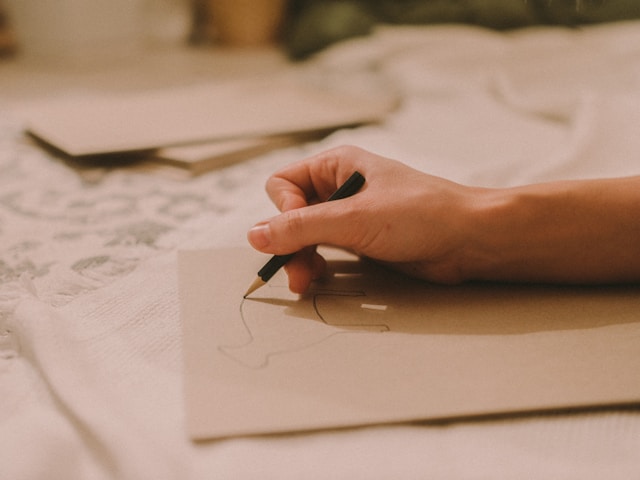In the hustle and bustle of our daily lives, finding ways to manage stress and process complex emotions is crucial for maintaining mental health. One powerful, yet often overlooked, method is creating art. From painting and drawing to sculpting and collage-making, art offers a unique pathway to emotional well-being. But how exactly does this process work, and what evidence supports its benefits? Let’s delve into the therapeutic world of art and explore how it can help individuals process emotions, reduce stress, and improve mental health.
The Theraputic Power of Art
Creating art allows individuals to express feelings that might be difficult to verbalize. This form of expression can be particularly beneficial for those dealing with trauma, anxiety, or depression. When words fail, art provides an alternative language to communicate and process emotions.
Dr. Sarah Johnson, an art therapist with over a decade of experience, explains: “Art therapy provides a safe space for clients to explore their inner experiences. The act of creating can be incredibly cathartic, allowing emotions to be externalized and examined from a new perspective.”
Case Study: Healing Through Art
Consider the story of James, a 32-year-old veteran struggling with post-traumatic stress disorder (PTSD). Traditional talk therapy was challenging for him, as verbalizing his traumatic experiences triggered severe anxiety. His therapist recommended art therapy as an alternative approach.
James began with simple sketches and gradually moved to more complex projects like painting and sculpting. Through his art, he could depict scenes of his experiences and express his feelings without words. Over time, James reported a significant reduction in his anxiety levels and a greater sense of control over his emotions.
“Art became my voice when I had none,” James shares. “It helped me confront my past and make sense of it in a way I never thought possible.”
Art as a Stress Reliever
Engaging in creative activities can also serve as an excellent stress reliever. The process of focusing on an art project can induce a state of flow, a mental state where individuals are fully immersed and lose track of time. This state is often accompanied by a reduction in stress and an increase in overall well-being.
Emily, a high-pressure corporate lawyer, found solace in watercolor painting. She started painting as a hobby but soon noticed its profound impact on her stress levels. “After a long day, painting allows me to unwind and escape. It’s a meditative experience that calms my mind and recharges my spirit,” she says.
Interview with an Art Therapist: Insights from the Field
To gain deeper insights into the benefits of art therapy, we interviewed Lisa Thompson, a certified art therapist who has worked with clients of all ages.
Q: How does creating art help individuals process difficult emotions?
Lisa: Creating art provides a tangible way to express intangible emotions. It bypasses the cognitive barriers that often make discussing feelings difficult. Through colors, shapes, and forms, clients can externalize their inner turmoil, making it easier to understand and address.
Q: Can you share a success story from your practice?
Lisa: Certainly. One of my clients, a teenager named Maya, struggled with severe social anxiety. Through art therapy, she started creating collages that represented her feelings of isolation and fear. Over time, her artworks became more vibrant and confident, mirroring her gradual improvement. Art gave her a voice and a way to rebuild her self-esteem.
Conclusion: Embrace the Healing Power of Art
Art is more than just a hobby; it’s a powerful tool for emotional healing and stress reduction. Whether through professional art therapy or personal creative practice, the act of creating art can unlock new pathways to mental well-being.
If you’re seeking a way to process your emotions or reduce stress, consider picking up a paintbrush, pencil, or lump of clay. The journey of self-discovery and healing through art is a testament to the profound connection between creativity and mental health.
So, why not give it a try? You might just find that art becomes your most therapeutic outlet, offering clarity, peace, and a deeper understanding of yourself.
